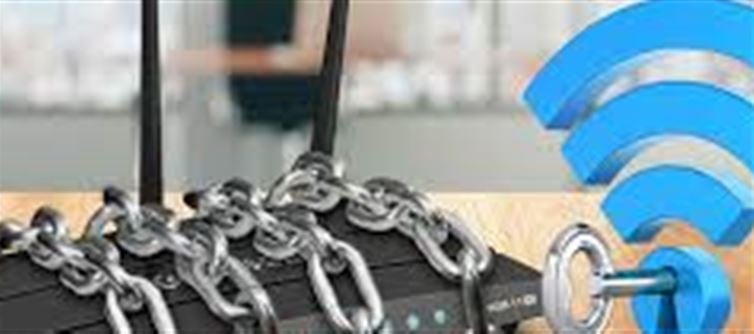
Many people face the problem of neighbors or strangers using their Wi-Fi, which slows down the internet and risks privacy. Here’s a complete guide to securing your Wi-Fi and keeping unwanted users out.
1. Check How Many Devices Are Connected
The first step in securing your Wi-Fi is to know who is connected.
- Go to the admin panel of your router
- Navigate to the Connected Devices section
- Review all devices currently using your network
- Block any unknown devices immediately
This helps you identify unauthorized users quickly and maintain control over your network.
2. Create a Strong Password
A weak password makes your Wi-Fi an easy target. To secure it:
- Use at least 12 characters
- Include uppercase and lowercase letters, numbers, and symbols like @, #, or *
- Avoid using short passwords, your name, or mobile number
- Change the password immediately if it has been leaked
A strong, unique password is your first line of defense against hackers.
3. Use WPA3 or WPA2 Security Protocol
Wi-Fi security depends heavily on the encryption protocol:
- Go to your router settings and choose WPA3 or at least WPA2
- Avoid WEP, as it is outdated and easily hackable
Modern protocols like WPA3 provide strong encryption, making it much harder for hackers to access your network.
4. Hide Your Wi-Fi SSID
Hiding your Wi-Fi name (SSID) prevents others from seeing it when scanning for networks:
- Enable Hide SSID or Disable SSID Broadcast in your router settings
- When connecting a device, manually enter the SSID and password
This keeps your network invisible to strangers, adding an extra layer of security.
5. Turn on MAC Address Filtering
MAC Address Filtering allows only authorized devices to connect:
- Go to router settings and add the MAC address of your devices
- Block all other unknown MAC addresses
This ensures that even if someone knows your password, they cannot connect without permission.
6. Create a Guest Network
Instead of sharing your main Wi-Fi password with visitors:
- Set up a separate guest network for friends or relatives
- You can change the guest network password anytime without affecting your main network
- Keeps your primary Wi-Fi secure while still offering internet access to guests
This is ideal for maintaining security while still being hospitable.
Conclusion
By following these Wi-Fi security tricks, you can:
- Stop unauthorized access
- Protect your personal data
- Maintain fast internet speeds for yourself
A strong password, modern security protocols, hidden SSID, MAC filtering, and a guest network are simple but highly effective ways to make your Wi-Fi network secure.
Disclaimer:
The views and opinions expressed in this article are those of the author and do not necessarily reflect the official policy or position of any agency, organization, employer, or company. All information provided is for general informational purposes only. While every effort has been made to ensure accuracy, we make no representations or warranties of any kind, express or implied, about the completeness, reliability, or suitability of the information contained herein. Readers are advised to verify facts and seek professional advice where necessary. Any reliance placed on such information is strictly at the reader’s own risk..jpg)




 click and follow Indiaherald WhatsApp channel
click and follow Indiaherald WhatsApp channel